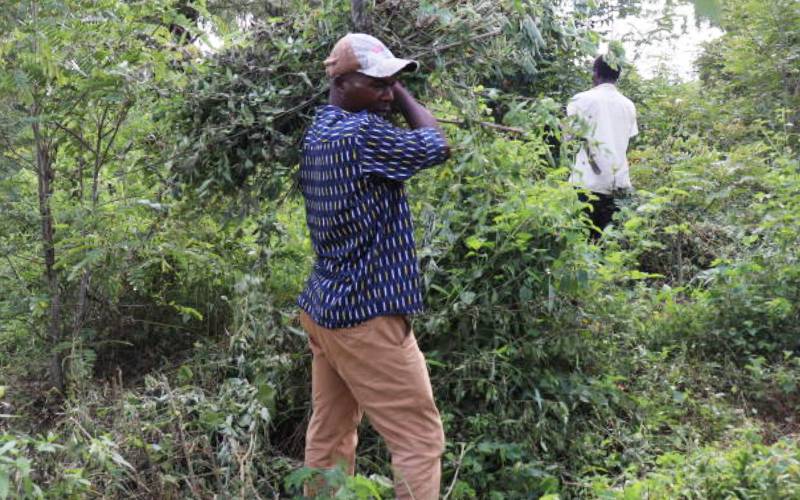×
The Standard e-Paper
Kenya's Bold Newspaper

On a quarter of an acre in the hilly Marang’a Forest in Embu East Sub-county, a few tree stumps stand, evoking a past the local community wishes it could forget.
But on the same plot, the leaves from rows of thriving trees, known colloquially as muu (Nile tulip), munywukwe (Siena siamea) and mikinduri (Croton megalocarpus), gleam as a gentle breeze stirs the fresh air.